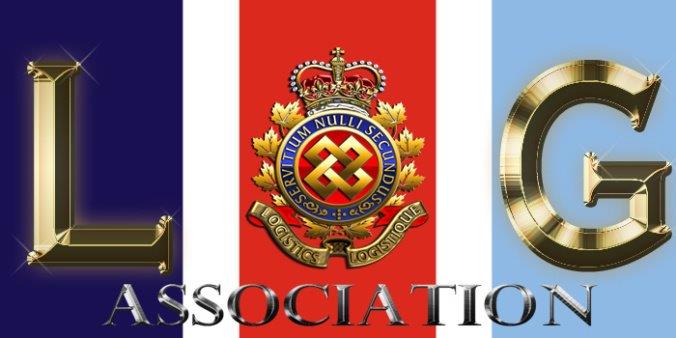The History of the Jerry Can
If there was a single device in World War 2 that could be described as being absolutely vital to allied victory, but that received virtually no credit for its contribution, that device would have to be the humble jerry can. This simple container was used for the transport of all manners of fluids from petroleum products to drinking water, and served, for example, as the critical link between the two PLUTO (Pipeline Under the Ocean) systems between Britain and France in 1944-45 and the fuel depots and frontline troops, a link that made it possible for the combat vehicles to get the fuel they needed to advance.
Even before the war, Hitler had been well aware that fuel supply for the panzer divisions was the Achilles heel in his blitzkrieg plans. He ordered the development and distribution of a fuel container designed to facilitate handling and to minimize fuel loss under combat conditions, with the result that the Germany army had thousands of these specialized, purpose-built containers on hand when hostilities began on 1 September 1939. Developed under the utmost secrecy, the jerry can featured flat sides that were rectangular in shape, and was made in two halves that were welded together like an automobile fuel tank. It had three handles which allowed it to be easily passed from one man to another; had a 5 U.S. gallon capacity and weighed 45 pounds when full.
Other distinct features included buoyancy in water thanks to an air chamber at the top, and elimination of any need for a funnel thanks to a short spout which was secured by a snap closure and could be popped open for pouring. A gasket made the mouth leakproof, pouring was easy and smooth thanks to an air-breathing tube from the spout to the air space, and the inside of the can was lined with an impervious plastic material which enabled the container to be used for fuel and water. During the summer of 1939, an American engineer named Paul Pleiss who had just completed a manufacturing job in Berlin initiated an adventure worthy of a spy novel when he convinced a German colleague who had access to jerry cans to travel with him overland to India with three jerry cans in tow.
The colleague was ultimately recalled to Germany on the order of Reichs Marshall Goering, but not before he provided Pleiss with the complete manufacturing specifications. Pleiss sent one of his three cans to Washington, but the War Department rejected it because they felt that their overly-complicated, 10 gallon, cylindrical World War 1 vintage can was good enough. This, however, did not stop that same can from being forwarded to Camp Holabird, Maryland where the manufacture of an ill-conceived, redesigned copy was attempted and, not surprisingly, ended in failure.
While all this was going on, the British encountered the jerry can in Norway in 1940, and it was there that they gave it its famous English name. By late 1940 Pleiss was in London and was asked by British officers if he knew anything about the jerry can’s design and manufacture. He had the second of his three can sent to London, where steps were taken for the manufacture of exact duplicates. Actual production and adoption initially proved to be very slow, and as late as the North African campaign allied forces had no jerry cans other than those they might have captured from the enemy.
In the days leading up to the Battle of El-Alamein fuel was shipped to the British rear by rail from the sea in 55 gallon steel drums which leaked, particularly after being roughly handled by local labourers. It was then transferred to the infamous 5 gallon “petrol tins”, which were square cans made out of tin plate and used for carrying lamp kerosene. They were poorly suited for gasoline, and the hot desert sun would cause the tin to swell, burst at the seams, and leak. Another problem was that a funnel was needed for pouring, which caused more fuel loss due to spillage. For the British, the only acceptable alternative was the jerry can.
Finally, during this time, the British began mass production and by the spring of 1943 British and Commonwealth forces in North Africa had received 2 million British-manufactured jerry cans. In fact, since the British were soon well established in jerry can production, the Allies agreed that the British should be given the task of producing all of the jerry cans needed for the invasion of Europe, and millions more were produced for all of the Allied forces, including the Americans, by D-Day. By November 1944, U.S. President Roosevelt was declaring that without the jerry can the 1944 Allied drive though France would not have been impossible, and by V-E day there were some 21 million Allied jerry cans in circulation throughout Europe.
(Previously published, Logistics Service Newsletter, Jun ’16)
